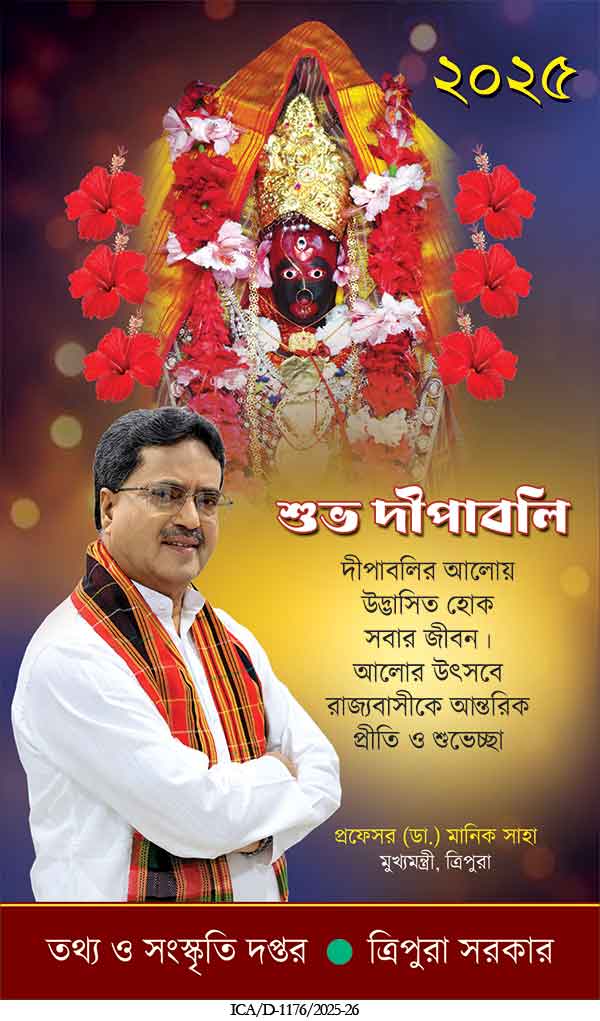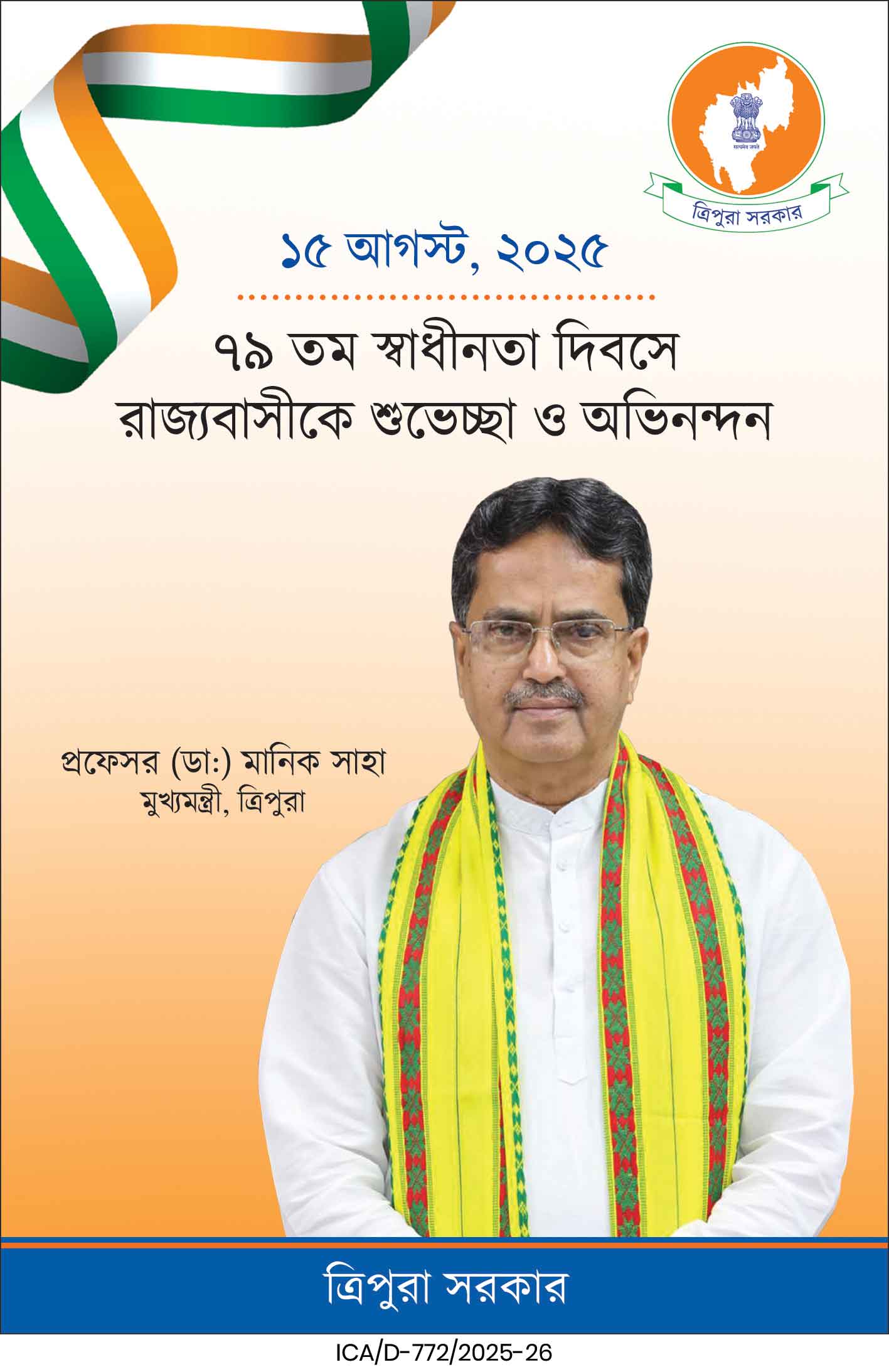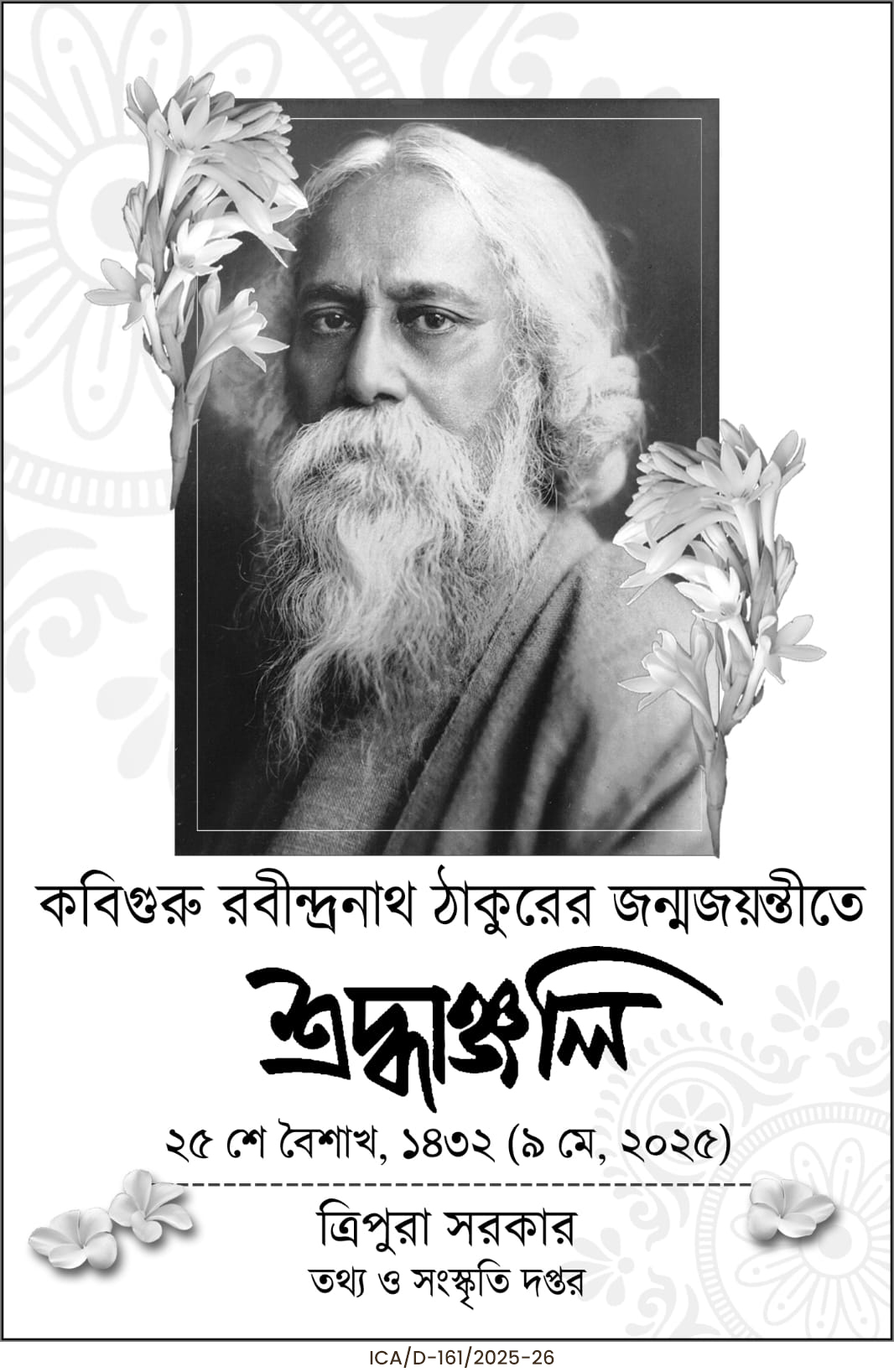The NDA sweeps Bihar with a massive mandate as Nitish Kumar leads the coalition past 200 seats, while the Mahagathbandhan collapses under Congress’s failures, vote fragmentation, and internal discord. A detailed analysis of caste shifts, turnout trends, and electoral dynamics.
In a historic and emphatic mandate, the National Democratic Alliance (NDA) has stormed back to power in Bihar with a sweeping victory, crossing the 200-seat mark within hours of counting. The landslide triumph reaffirms Chief Minister Nitish Kumar’s enduring political appeal and the Bharatiya Janata Party’s (BJP) expanding organisational might, reshaping Bihar’s electoral landscape for the next five years.
The state witnessed a 67.14 percent voter turnout—nearly 10 percentage points higher than the 2020 Assembly elections—reflecting heightened political engagement in a high-stakes contest. Yet, the result was overwhelmingly one-sided: the Opposition Mahagathbandhan, comprising the Rashtriya Janata Dal (RJD), Congress, and Left parties, was dismantled across the state, losing strongholds, allies, and its vote base.
While the NDA secured a formidable 47.2 percent vote share, the Mahagathbandhan stagnated at 37.3 percent—a marginal uptick from its 37.23 percent share in 2020, but nowhere close to converting votes into seats. The gap in efficiency was stark: the NDA’s 10-point edge translated into 151 more seats, an indication of tight booth-level management and superior caste mobilisation.
Congress: The Weak Link That Dragged the Alliance Down
The Mahagathbandhan’s performance was crippled by the Congress Party’s dramatic collapse. Contesting 61 seats, Congress is leading in only four—an extraordinary 79 percent decline from its 2020 tally of 19 seats. Its vote share fell sharply from 9.48 percent to roughly 8 percent, weakening the alliance in key constituencies where triangular contests turned fatal.
The internal rift within the alliance further complicated matters. Seat-sharing disagreements led to friendly fights in 11 constituencies, confusing voters and draining resources. Additionally, Rahul Gandhi’s prolonged absence from campaigning—reportedly due to dissatisfaction over seat allocation—reduced the alliance’s visibility and morale.
Key Congress leaders suffered decisive defeats:
-
State Congress Chief Rajesh Ram lost by 3,721 votes
-
Congress Legislature Party leader Shakeel Ahmed Khan lost by 18,816 votes
These losses exposed Congress’s shrinking organisational structure and inability to counter BJP’s aggressive ground-level messaging on electoral roll integrity and welfare schemes.
A senior Congress worker admitted during a rally (translated into English):
“Our workers are committed, but the organisation no longer has the strength to match the BJP’s machinery.”
RJD Fails to Hold Ground as Vote Fragmentation Intensifies
The RJD, the largest Mahagathbandhan component, saw its seats slashed by half—from 75 to 31—despite maintaining a 23 percent vote share, the highest among individual parties. The decline was mainly driven by fragmentation within its traditional vote bank.
Two new and disruptive players complicated the picture:
1. Prashant Kishor’s Jan Suraaj Party
Debuting with a 3.5 percent vote share, it won no seats but siphoned nearly 2.8 percentage points from the Opposition, especially among urban youth, aspirational voters, and migrant families disillusioned with traditional parties.
Jan Suraaj spokesperson Pavan K Varma conceded (translated):
“We lacked deep grassroots structures this time, but voters supported our ideas. The impact is visible even if seats are not.”
2. AIMIM’s Impact in Seemanchal
The All India Majlis-e-Ittehadul Muslimeen (AIMIM) split Muslim votes in Seemanchal, where the Mahagathbandhan now leads in only 8–10 of 24 seats—far weaker than its earlier dominance.
NDA’s Superior Social Engineering and Welfare Messaging
Bihar’s evolving caste arithmetic tilted decisively in the NDA’s favour.
NDA’s caste consolidation included:
-
BJP’s dominance over the 22% upper-caste bloc
-
JD(U)’s strong support from EBCs and Mahadalits, rising 4% to nearly 19% vote share
-
LJP(RV)’s consolidation of 5–6% among Paswans and Dalits
Meanwhile, the Mahagathbandhan’s core—Yadavs (14%) and Muslims (17.7%)—was insufficient to counter NDA’s “rainbow coalition.”
Significantly, women voters outnumbered men by nine percentage points, benefiting Nitish Kumar, whose two-decade governance has centered on women’s welfare. Schemes like Mukhyamantri Mahila Rozgar Yojana, with ₹10,000 grants, and the vast Jeevika self-help group network played decisive roles.
| Also Read: Rajib attends Vital Parliament Health Panel Meeting in New Delhi |
| Also Read: Congress Leaders Mallikarjun Kharge, Rahul Gandhi thank Bihar voters |
Elderly voters in Jehanabad expressed their loyalty in simple terms: “We trust Nitishji. He gave us rations, respect, and stability.”





